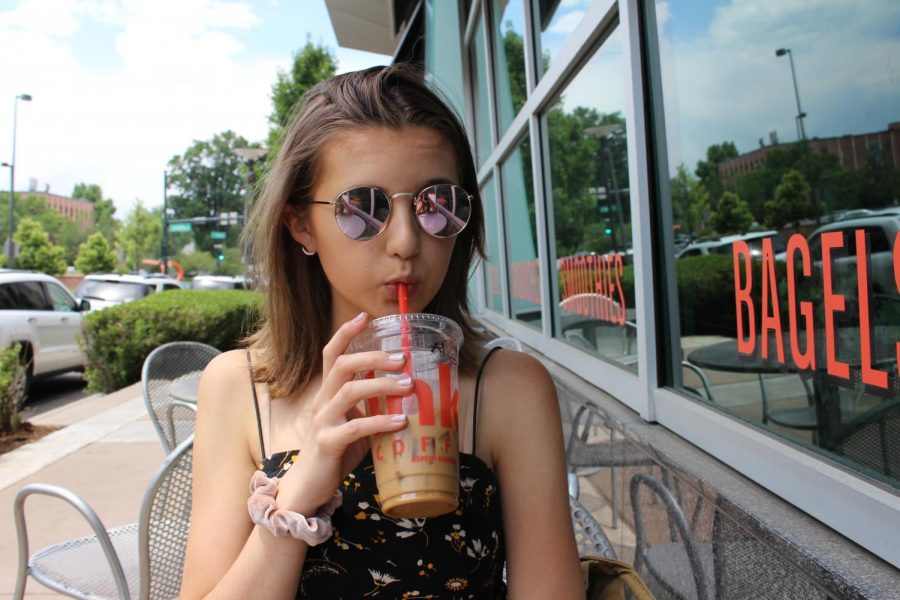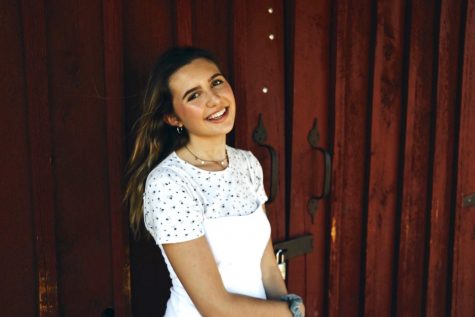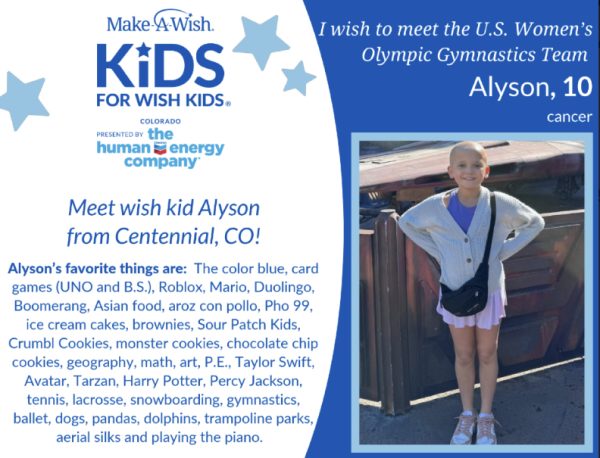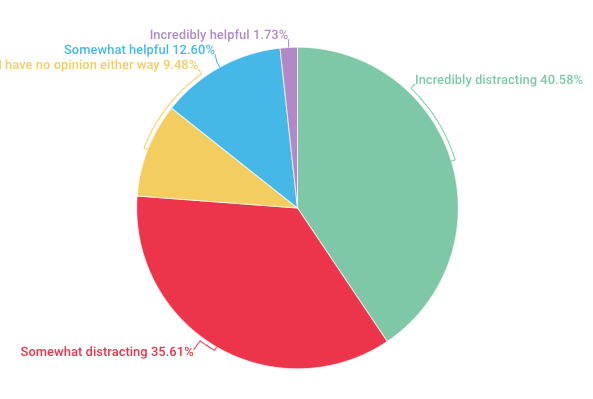Olivia’s Opinions: The Problem with Vlogging
It’s Scarier than Demonetization…
February 9, 2019
Olivia’s Opinions is back folks. Please keep in mind this is an opinionated piece, and I may not agree with your point of view. If you have commentary on the subject, please feel free to comment below. Ideas are always welcomed.
In a culture of viral media, trends change about as often as Colorado weather. Memes float through feeds until they are but distant memories buried within aged timelines. Even songs are subject to such short lifespans, topping charts and playlists, until they’re overplayed out of existence.
YouTube used to be, and occasionally still is, at the forefront of viral media. Its “Trending” page remains a staple of such an identity. However, more recently, YouTube has begun to approach a new frontier: television.
It seems slightly unreasonable for YouTube to attempt to infiltrate such a intense sector of the entertainment industry. With media moguls such as ABC, CBS, and NBC dominating viewership for television, YouTube would have a lot of competitors to tackle.
However, YouTube is not entirely inadmissible. Its unique role in media provides an interesting stance the big industry leaders have yet to entirely achieve. The fact is, YouTube is not merely a video platform, as much as it’s a cultural phenomenon. YouTube’s mass of channels aggregate into hundreds of millions subscribers and followers. Each channel accumulates a colony of watchers, and by colony, I mean family. Unlike regular TV viewers, subscribers are something else: active. They are consistently encouraged to engage with media influencers. Through the comment section, social media, a creator’s online merchandise store, and even live meet-and-greets, subscribers interact with their creators beyond the simplistic watching experience. TV viewers could never contact their favorite characters, yet it seems as though YouTube subscribers can. They foster personal connections with their YouTubers, and congregate into high viewership numbers and high social media fellowship.
The rise of vlogging – video blogging – only further exemplifies such personal appeal. “Vloggers” invite viewers into their lives, publicly displaying their daily routines. They talk, laugh, and cry with the camera, or more specifically, the audience. Their emotional vulnerability and public presence establishes a sense of friendship for viewers, as they feel as though they may really know their favorite creators.
Emma Chamberlain, a teenage internet phenomenon, is the perfect example. In less than two years, Chamberlain accumulated 6.8 million subscribers for her comedic, relatable commentary. Many correlated her viral success to her blatant honesty. She refused to censor her emotional issues, and approached them with sarcastic, comedic vulnerability. Though her videos were broadcast to hundreds of thousands of people (eventually, millions), each upload felt personal and real, and many viewed Chamberlain as a long-lost-childhood-friend. They recognized her, her brand, and her personality.
Though, she didn’t recognize them. Subscribers to Chamberlain, were analytics, embodied by likes, views, and subscribers. Or more simply, numbers. That’s not to say Chamberlain didn’t care about her subscribers, rather, she didn’t know them (aside from the occasional run-in on the street or reply in the comment section). YouTube “friendship” is one-sided. One may even call it non-existent. A virtual, psychological phenomenon established through a stable wi-fi connection and a URL. People feel as though they have a genuine friendship with their favorite creators. They want to support them economically, socially, and emotionally: though, the creator probably doesn’t know their first name.
One may argue that such one-sided friendship appears commonly in the entertainment business. TV watchers get to know their favorite characters, and establish an emotional connection with the scripted individual. Such emotional connection drives emotional reaction, such as crying when a character loses a good friend, or laughing when something entertaining occurs. Yet, when a TV show ends or a season concludes, characters return to the scripts they came from, and actors return to reality. Though characters and actors may typically embody one and other, they are not one. Characters end at a season, actors do not. Herein presents the psychological threat of YouTube. Creators (especially relatable vloggers like Chamberlain) aren’t scripted personalities, they’re real individuals. And when a video or excessively vulnerable vlog ends, they may head home, but their virtual images follow them. Creators are the characters. They are one, in the eyes of the typical subscriber.
The Dolan Twins, young YouTube creators and friends to Chamberlain, witnessed the threat of such virtual image following first-hand. While planning their attendance to their father’s funeral, they were faced with an onslaught of fans. As they coped with their grief out of the limelight, fans anxious to meet their beloved creators scrambled to find details of the funeral. Some wanted a photo, others wanted to ‘be there’ emotionally for their ‘good friends’. The brothers begged people to not attend, and urged fans to grant them personal space.
For YouTube vloggers, there’s no eluding virtual image. I’ll admit, YouTube’s a young platform, and lacks the established structure of the entertainment business. Eventually, it may overcome said psychological difficulties. Creators may learn to deal with the difficulties of viral fame. For now, there’s no immediate escape. The intimacy of vlogs invites random people into their lives, and establishes a facade of friendship. One that endures, even when the video ends.












